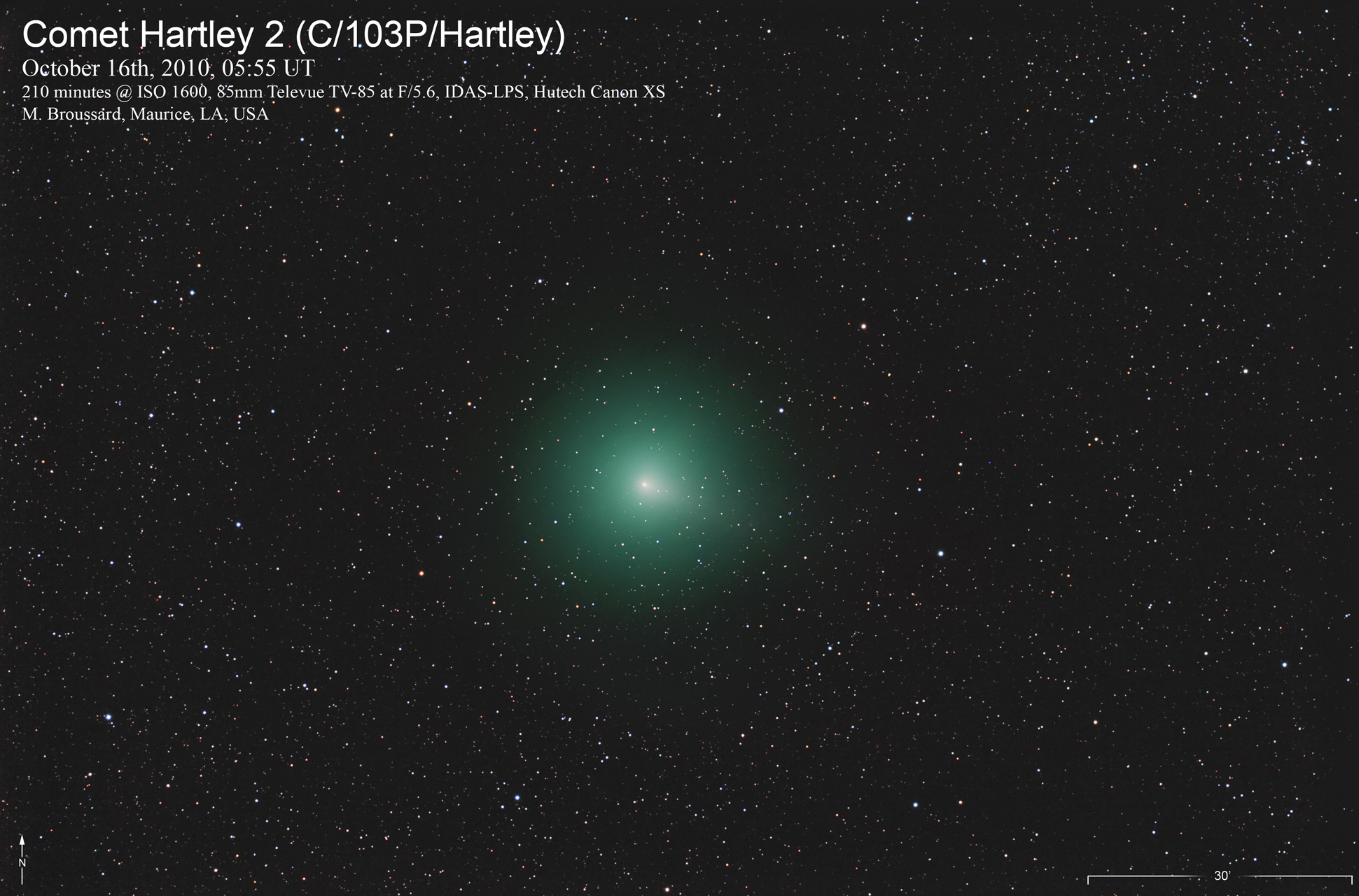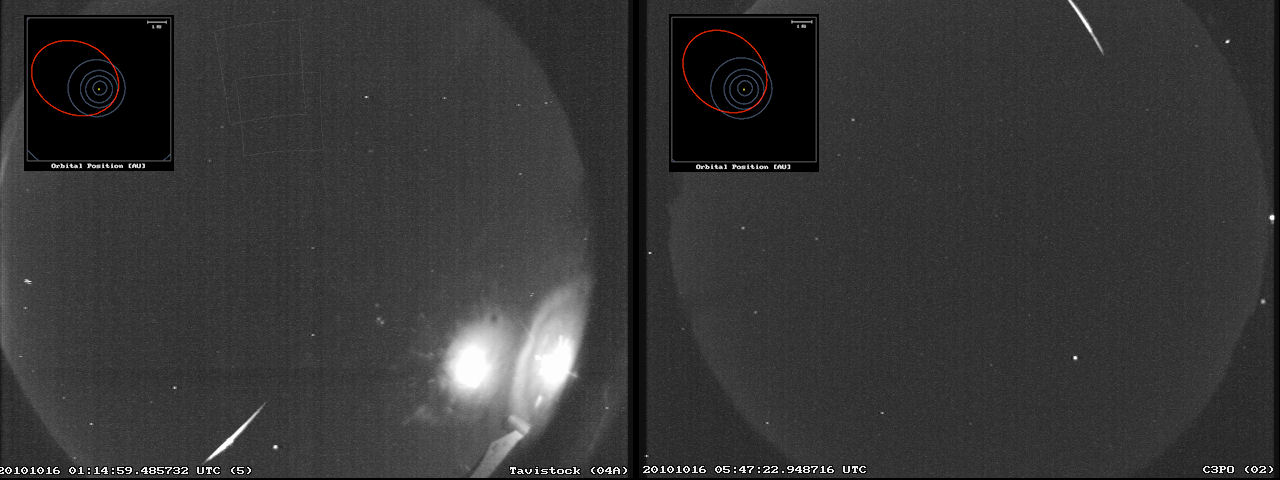OF THE
TIMES
The course of life and labour reminds me of a long journey I once took on the railway. Suddenly, there was a breakdown ahead, and passengers took the event in various ways. Some of them sat still resignedly, and never said a word. Others again, went to sleep. But some of us leaped out of that train, and ran on ahead to clear the road of all obstructions.
It troubles me that there is a continual supply of people who consider ' brutality and purposeless sadism' a career path.
Location, location, location! Oy vey, such a deal for you today! Pet, smoke and Arab-free living.
A very telling observation from this article is that, "... the U.S. regional bases are under threat ." Many westerners would find this surprising,...
She's got Marty Feldman eyes... [Link]
They are only just testing the darn things. Article sounds all scary and menacing. Trying to scare the Russians and drum up support back home....
To submit an article for publication, see our Submission Guidelines
Reader comments do not necessarily reflect the views of the volunteers, editors, and directors of SOTT.net or the Quantum Future Group.
Some icons on this site were created by: Afterglow, Aha-Soft, AntialiasFactory, artdesigner.lv, Artura, DailyOverview, Everaldo, GraphicsFuel, IconFactory, Iconka, IconShock, Icons-Land, i-love-icons, KDE-look.org, Klukeart, mugenb16, Map Icons Collection, PetshopBoxStudio, VisualPharm, wbeiruti, WebIconset
Powered by PikaJS 🐁 and In·Site
Original content © 2002-2024 by Sott.net/Signs of the Times. See: FAIR USE NOTICE


Nice that they posted the hi-res version. Thanks, SOTT! :-D